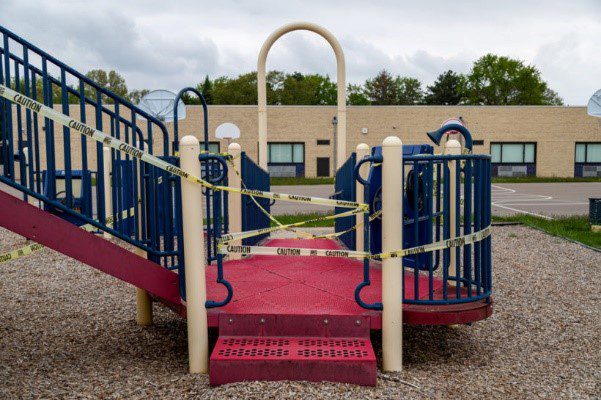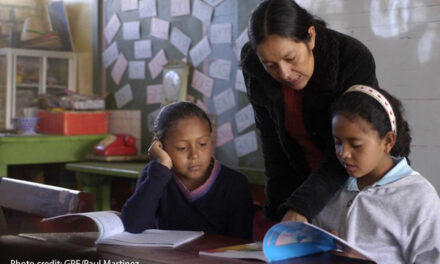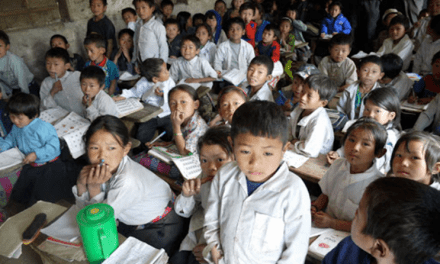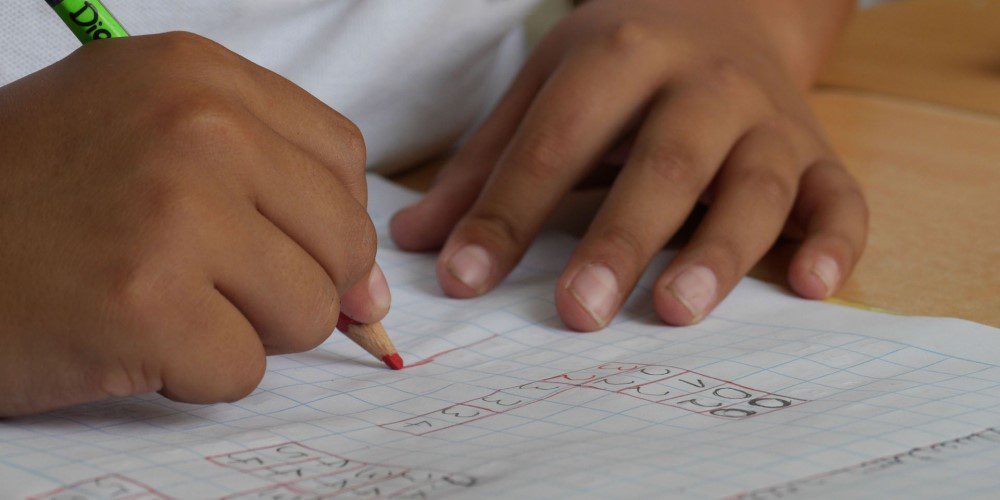This article was written by Vaughan Connolly, PhD candidate at the University of Cambridge. It was originally published on the Teacher Toolkit website on 3 June 2020. @TeacherToolkit
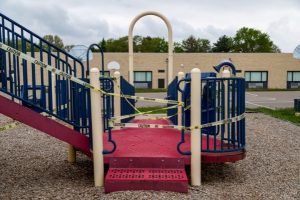 If schools and school leaders did less, can they achieve more?
If schools and school leaders did less, can they achieve more?
As schools reopen after Covid-19, how best should they use precious time and resources whilst maintaining safety requirements? New research by Cambridge University on the effect size of instructional time and summer learning loss may point the way.
A mediocre outcome
Evidence comes from a new analysis of England’s school census data including GCSE value-added and the number hours per pupil per subject (2010 to 2014). Conventional wisdom suggests that more time leads to much better results. Surprisingly, this is not the case.
Instead, the relationship between KS4 allocated curriculum time and GCSE value-added results is rather mediocre. Looking across various groups in schools – e.g. pupils with low/medium/high prior attainment, or pupils in receipt of free school meals, shows a relatively consistent picture. A one standard deviation increase in KS4 teaching hours per subject per week (per pupil) leads to an increase in value-added score of 0.15, 0.12, and 0.21 for GCSE English, Science and Mathematics, respectively. To put this in perspective, value-added scores at the time, ranged between 990 and 1010 approximately. Thus, the gains seem tiny on a practical level. This surprising result echoes a recent analysis of PISA 2006 data (Lavy, 2015), and provides robust evidence of the impact of additional classroom time.
Of course, more time does have a positive effect. The problem is, it’s a rather small effect that may be impracticable given social distancing rules. Similarly, time is expensive, while there are many other things that lead to much greater gains, for much less cost. To explain this surprising finding, two possibilities arise:
- Perhaps we have reached the realm of ‘diminishing returns’ as far as time is concerned, and/or
- Maybe some departments have found ways to maintain their value-added despite less time.
In terms of innovations which have a ‘bigger bang for their buck’, many good examples are to be found in the Education Endowment Foundation toolkit and are also described on this blog.
Does lengthy periods away from school damage students’ learning?
Of course, less time per week is not the same as a prolonged break from school and we have long assumed that lengthy periods away from school damages students’ learning; particularly those from disadvantaged backgrounds. But what if this wasn’t always so? Paul von Hippel, one of the oft-quoted researchers in this area, recently found cause to challenge his own earlier work. In a reanalysis of one of the seminal datasets he has thrown his and others’ earlier findings into doubt (von Hippel, 2019). With relevance to restarting after Covid-19, von Hippel suggests that it is the preschool and first years of school are the most likely to suffer “summer learning loss”.
A new Cambridge study highlights the importance of children’s household environment and parental support for ‘beginning learners’. This study tracked pupils in Ghana as they under took a nine-month accelerated school preparation programme, aimed to support students prior to starting formal schooling. Ranging in age from 8 to 14 years, 79 per cent of students had never attended school while the remainder had previously dropped out. Those children had a three-month break before starting formal schooling, meaning researchers could measure any “summer learning loss”.
Worryingly for this group of ‘beginning learners’, there was robust evidence for learning loss, particularly when their home environment lacked educational resources (e.g. books), where children were not given time and support to study at home, and where children were reluctant to ask parents for help (Sabates & Carter, 2020). The good news, however, is that these learners did make up this learning loss over the following year.
Conclusions
All told, this research highlights three vital points. First, restarting schooling for early learners and those from disadvantaged backgrounds should be a key priority. Two, there is real benefit to be had from actively helping parents to help their children, particularly in poorly resourced households. Finally, three: Whether children spend two, three or four days back at school appears to matter far less than what they do in that time. Indeed, sometimes less really is more.
Quality, not quantity of education is what matters. This new research will give teachers and politicians something to consider over the summer period of COVID-19…

